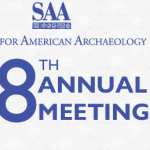March 28, 2023
Join us for the Society for American Archaeology meeting in Portland, Oregon, on March 29 – April 2! Visit our booth to browse our books and purchase titles at a 30% conference discount, and to talk with our Senior Editor, Allyson Carter, Ph.D. We hope to catch up with you at the conference, but if you’re unable to make it, please browse our latest titles below! Use the code AZSAA23 for 30% off plus free U.S. shipping through 5/5/2023. If you have questions about our publishing program, visit this page or contact Allyson at acarter@uapress.arizona.edu.
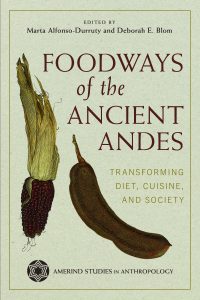
Exploring the multiple social, ecological, cultural, and ontological dimensions of food in the Andean past, this book offers a diverse set of theoretical perspectives and methodological approaches that reveal the richness, sophistication, and ingenuity of Andean peoples. With forty-six contributors from ten countries, the studies presented in this volume employ new analytical methods, integrating different food data and interdisciplinary research to show how food impacts sociopolitical relationships and ontologies that are otherwise invisible in the archaeological record.

Set in the arid lands of northwestern Mexico, this book foregrounds the knowledge of Indigenous peoples who harvested the desert as bountiful in its material resources and sacred spaces. Author Cynthia Radding uses the tools of history, anthropology, geography, and ecology to re-create the means of defending Indigenous worlds through colonial encounters, the formation of mixed societies, and the direct conflicts over forests, grasslands, streams, and coastal estuaries that sustained wildlife, horticulture, foraging, hunting, fishing, and—after European contact—livestock and extractive industries. She returns in each chapter to the spiritual power of nature and the enduring cultural significance of the worlds that Indigenous communities created and defended.
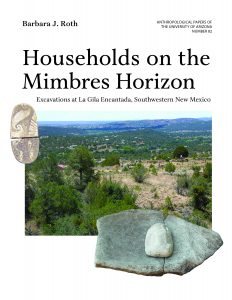
This book explores variability in Mimbres Mogollon pithouse sites using a case study from La Gila Encantada to further our understanding of the full range of pithouse occupations in the area. Because the site is away from the major river valleys, the data from excavations at the site provides valuable information on the differences in cultural practices that occurred away from the riverine villages, as well as environmental differences, economic practices, and social constructs.
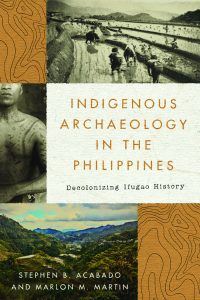
This book illustrates how descendant communities can take control of their history and heritage through active collaboration with archaeologists. Drawing on the Philippine Cordilleran experiences, Indigenous Archaeology in the Philippines discusses how changing historical narratives help empower peoples who are traditionally ignored in national histories.
Read an excerpt from the book here.
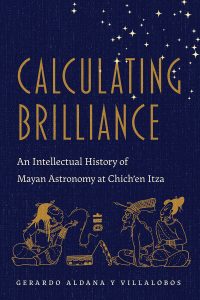
This book contextualizes the discovery of a Venus astronomical pattern by a female Mayan astronomer at Chich’en Itza and the discovery’s later adaptation and application at Mayapan. Calculating Brilliance brings different intellectual threads together across time and space, from the Classic to the Postclassic, the colonial period to the twenty-first century to offer a new vision for understanding Mayan astronomy.
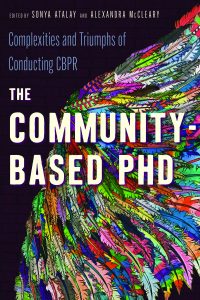
This volume explores the complex and nuanced experience of doing community-based research as a graduate student. Contributors from a range of scholarly disciplines share their experiences with Community Based Participatory Research in the arts, humanities, social sciences, public health, and STEM fields.
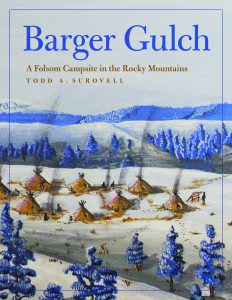
This monograph summarizes findings from nine seasons of excavation at Barger Gulch Locality B, a Folsom campsite in the Colorado Rocky Mountains. Archaeologist Todd A. Surovell explains the spatial organization of the camp and the social organization of the people who lived there.
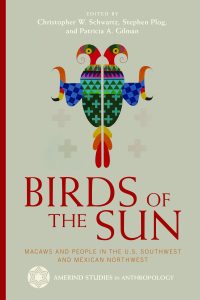
The multiple vivid colors of scarlet macaws and their ability to mimic human speech are key reasons they were and are significant to the Native peoples of the U.S. Southwest and Mexican Northwest. Although the birds’ natural habitat is the tropical forests of Mexico and Central and South America, they were present at multiple archaeological sites in the region yet absent at the vast majority. In Birds of the Sun, leading experts in southwestern archaeology explore the reasons why.
Read an excerpt from the book here.
 The University of Arizona Press
The University of Arizona Press


